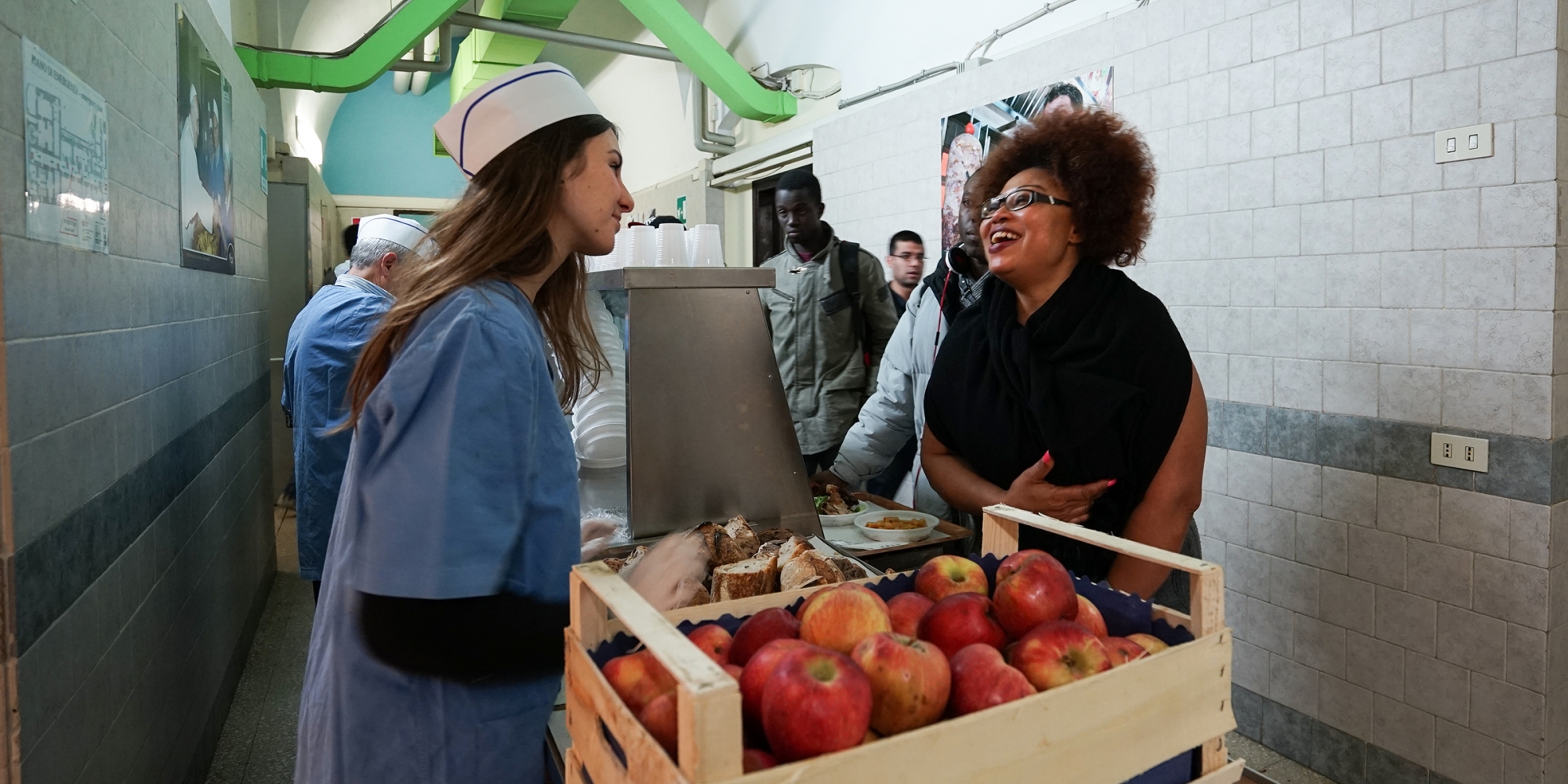Food can create contact between people and places. Just look at popular food festivals or food markets.
The EU financed project, FOOD2GATHER, is coordinated by OsloMet and is simply put about public spaces, people and food as an arena for integration.
– The project will give society knowledge on how we can get to know each other better through food. The goal is to prevent exclusion, promote diversity and to create communities, says Virginie Amilien, project coordinator at SIFO, OsloMet.
The research team at OsloMet is lead by Gun Roos and include researchers from SIFO, NOVA and the Faculty of Health Science.
– This project is interactive and dynamic and the results are created through meeting people in public spaces. They will participate in shaping the project together with us researchers and our partners, says Amilien.
Six countries involved
FOOD2GATHER has six research teams, in Belgium, France, Italy, the Netherlands, Norway and Germany. Each country has two partners. In Norway these partners are Unit for Migration and integration in Oslo Municipality, and Refugees Welcome Oslo.
The project will result in a pilot project which will live on when the project is ended. What this pilot project will be, varies between the six countries and will be decided by local people involved in the project.
Food truck, radio channel, food festival or theater
In France, the partners are a food central, the Red Cross and local governments. The project involves people who integrate refugees by giving them jobs.
Red cross is among the partners in Belgium, while the researchers in Italy has involved a reception center.
The German team has a partner that serves food from trucks, and as such resembles Vippa in Oslo. People from Syria has built a business from nothing. They do not have a license to drive cars, so in stead they use bicycles to deliver food. A pilot project here could be something as simple as buying new bikes, says Amilien.
The researchers in the Netherlands collaborate with people from African countries whose status is illegal immigrants, but whom risk their lives if sent home. Many of these are artists and people with a high level of education, who wants attention on their art and life. The pilot project here may be a radio channel that can continue after the project is ended.
This is a translated excerpt from an article published at www.oslomet.no. Read the whole article here (in Norwegian).
